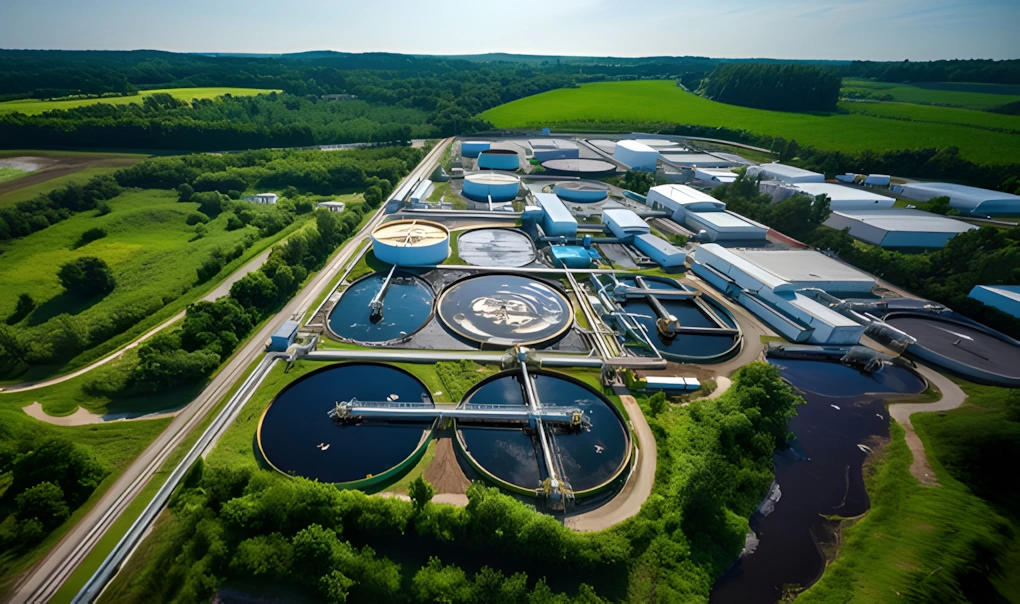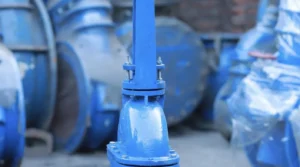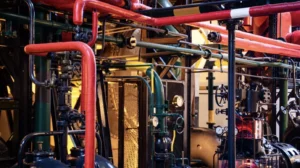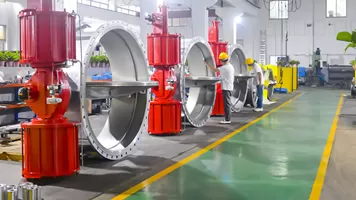In the highly automated modern industrial production, valves serve as crucial components for fluid control, and their performance directly affects the stability, safety, and efficiency of the production process. Angle stop technology, as a significant innovation in the field of valve control, has become a powerful assistant for precise control of industrial valves with its unique advantages. This article will delve into the essence, advantages, and limitations of angle stop technology, and offer insights into its future development trends.
I. In-Depth Analysis of Angle Stop Technology
Definition and Principle
Angle stop technology, in essence, is a technique that utilizes built-in limit devices to precisely control the opening or closing of valves to a preset angular position. It employs sophisticated mechanical or electronic components to ensure that valves accurately stop at the designated position during operation, thereby achieving fine-grained regulation of fluid flow.
Technical Characteristics
- High Precision: Angle stop technology enables minute adjustments to valve openings, meeting strict requirements for fluid flow control.
- Stability: Reliable limit devices maintain stable valve opening states during prolonged operation.
- Safety: It effectively prevents accidents caused by improper valve operation, safeguarding personnel and equipment.
II. Advantages of Angle Stop Technology
- Boosts Production Efficiency: Precise control of fluid flow optimizes production processes, enhancing product output and quality.
- Enhances Safety: It mitigates risks of accidents stemming from incorrect valve operations, ensuring the safety of personnel and equipment.
- Extends Equipment Lifespan: Reducing valve operation at non-optimal openings lessens mechanical wear, prolonging equipment longevity.
- Facilitates Automation: Provides a foundation for remote monitoring and automatic adjustment of valves, advancing industrial automation.
III. Limitations and Challenges of Angle Stop Technology
- Cost Concerns: Compared to conventional valves, angle stop valves incur higher design and manufacturing costs, potentially increasing initial investments for enterprises.
- Maintenance Complexity: Regular inspections and calibrations of limit devices require specialized technicians, complicating maintenance and increasing costs.
- Media Adaptability: For specific media, such as those containing particles, high viscosity, or prone to coking, angle stop technology’s control effectiveness may be impacted, necessitating customized solutions.
- Technological Updates: As industrial automation technology evolves, angle stop technology must continually innovate to adapt to new production demands and technical standards.
IV. Future Outlook
Facing these challenges, angle stop technology will achieve breakthroughs and advancements in the following aspects:
- Technological Innovation: Through interdisciplinary integration of materials science, control theory, and other fields, more durable, precise, and intelligent limit devices and control systems will be developed.
- Cost Reduction: As production scales expand and technology matures, manufacturing costs for angle stop valves will gradually decrease, enhancing their popularity and practicality.
- Customized Services: Tailored angle stop valve solutions will be provided for unique industry and media requirements, improving product adaptability and competitiveness.
- Intelligent Integration: Integrating angle stop technology with IoT, big data, and other advanced technologies will enable remote monitoring, intelligent diagnosis, and predictive maintenance of valves, further enhancing production efficiency and safety.
In conclusion, angle stop technology, as a vital tool for precise control of industrial valves, boasts a promising future. With continuous technological advancements and expanded application domains, it will play an increasingly significant role in industrial production.








